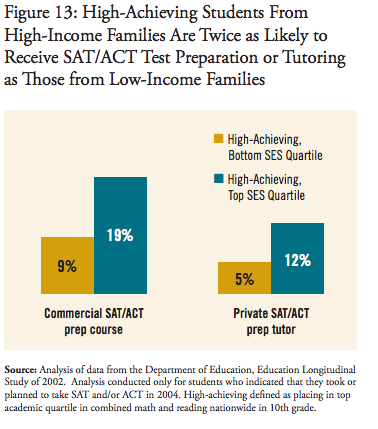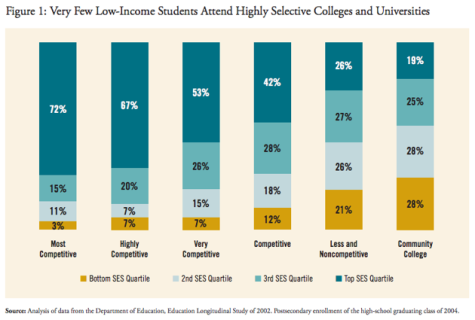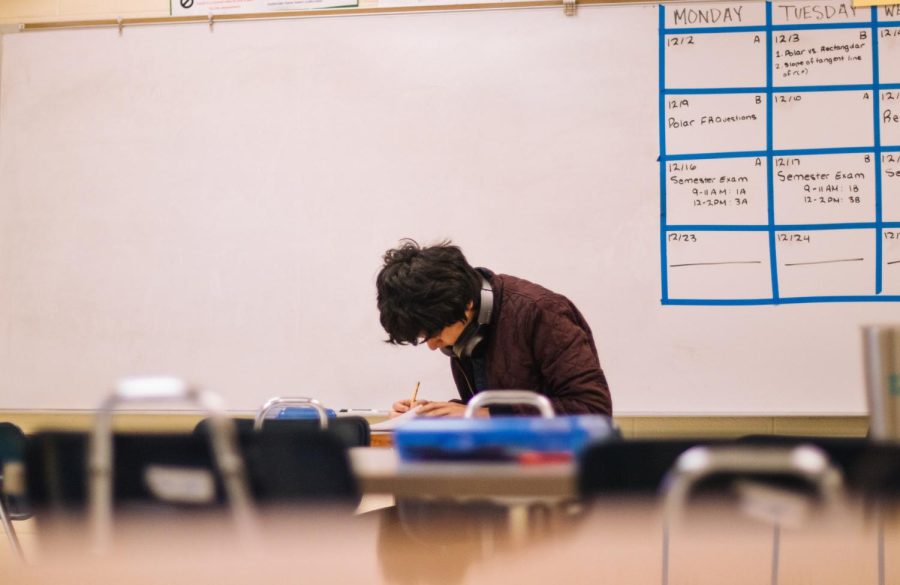Education Inequality
The relation between income level and education within the United States places low-income students at a disadvantage.
PHOTO | Jeswin Thomas (Pexels)
As the days tick down towards the November 1 college application deadline, high school seniors all across the country are scrambling to complete their supplemental essays, put the finishing touches on their resumes and collect their letters of recommendation, anxious to gain admittance to their schools of choice. But when it comes to getting into college, economic factors beyond their control place some students at a distinct disadvantage.
Here in the United States, we often speak of education as an equalizer – every student is granted the same opportunity to learn and study hard, and therefore has control over determining their own future success. But this is simply not the truth. A direct connection exists between economic status and the opportunity to achieve educational success in America. Funding disparities within the public school system, limited access to educational resources and inequity within college admissions processes place low-income students at a disadvantage in comparison to their wealthier counterparts.
When enrolling in public schools in the United States, students living in low-income neighborhoods are placed in schools that are grossly underfunded. This is because a large amount of the funding for public schools comes from local property taxes, according to The Atlantic. Schools located in neighborhoods where homes have higher values, and are therefore also more taxed, will have much larger budgets than those in neighborhoods where houses have lower property values.
The amount of funding that a school receives has an enormous impact on the quality of education and the amount of resources that can be provided to students. Lower income schools have less access to high-quality teachers, advanced course offerings, early education programs and school counselors, according to US News.
Low-income students also face additional challenges that do not apply to students from wealthier households, such as the need to work to help support their families or fulfill caretaking duties for younger siblings, according to The Hechinger Report. These responsibilities limit the amount of time students are able to dedicate to their schoolwork and prevent them from becoming involved in extracurricular activities and service opportunities, which are an important part of college applications.

Additionally, low-income students have less access to outside resources that are focused on helping students appear competitive on college applications. For example, the average hourly rate for an ACT/SAT tutor is between $50-100, according to Prep Scholar. While wealthier students can afford these prices, as well as the fees to retake these tests multiple times in order to raise their scores, lower-income students often do not have the resources to do so.
When it comes to the college admissions process itself, wealth, or lack thereof, once again becomes a crucial factor. Most colleges in the United States charge students a fee to apply, with the $45 being the average application fee, according to US News. These costs limit the number of schools that low-income students are able to apply to.
The early decision process also places low-income students at a disadvantage. Data proves that students who apply early decision will have a better chance of acceptance at most colleges, according to American Progress. However, applying in this manner requires students to commit to attending the university if accepted without being able to see their financial aid offer. Since this is not an option for students from low-income families, it is only the wealthy who are able to benefit from this system.

Ultimately, the American education system does not serve as a mechanism to equalize students from different socioeconomic backgrounds, but rather to divide them. Through imbalanced public school funding, limited access to educational tools and resources and an unfair college admissions system, many barriers exist to limit low-income students in America from receiving quality education.



